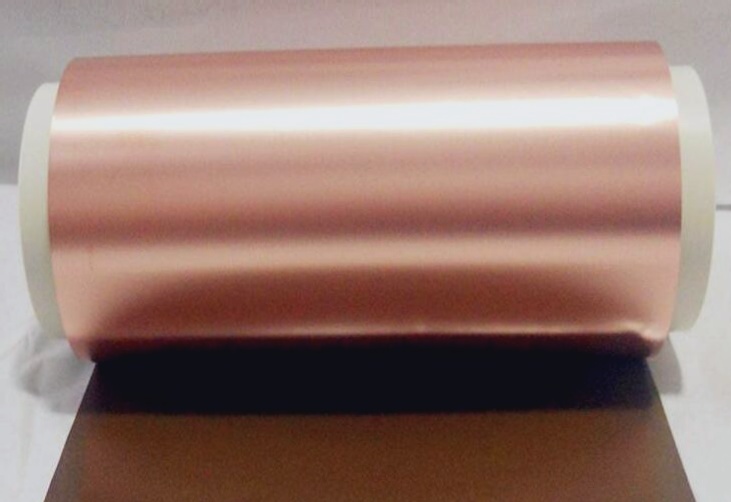The Evolution of PCB Copper Foil Production
The history of PCB copper foil production dates back to 1937 when it was first introduced at the Anaconda Copper Refinery in the United States. Initially used for waterproofing wooden roofs, copper foil production quickly transitioned into a vital sector closely linked to the electronic information industry with the emergence of the PCB circuit board industry in the early 1950s.
Key Milestones in Copper Foil Production
- In 1955, Yates Corporation became the world’s first company specializing in electrolytic copper foil production for PCB circuit boards, marking a significant development in the industry.
- Gould Corporation entered the market in 1957, challenging Yates’s dominance and paving the way for global competition in copper foil production for PCB multilayer circuit boards.
- Mitsui’s introduction of U.S. copper foil manufacturing technology to Japan in 1968 led to collaborations between Furukawa, Nippon Mining, Yates, and Gould, driving advancements in the Japanese copper foil industry.
- In 1972, Yates Corporation’s patent for electrolytic copper foil production (U.S. Pat 3674656) revolutionized manufacturing and surface treatment technologies worldwide.
Global Trends in Electrolytic Copper Foil Production
By 1999, global production of electrolytic copper foil for PCB circuit boards had reached around 180,000 tons, with Japan, Taiwan, mainland China, and South Korea leading the production charts. Forecasts indicated a rise to 253,000 tons by 2001, with Japan and Taiwan displaying the highest growth rates.
Advancements in Japanese Copper Foil Industry
Japan’s leadership in copper foil production and technology has been bolstered by recent strides in printed circuit boards and copper-clad boards. Japanese investments have facilitated the establishment of manufacturing facilities worldwide, signaling a shift towards cutting-edge products in electrolytic copper foil production.
Taiwan’s Role in Electrolytic Copper Foil Production
Ranked as the world’s second-largest producer of electrolytic copper foil, Taiwan boasts major manufacturers like Changchun Petrochemical Company, Taiwan Copper Foil Company, and South Asia Plastic Company, contributing significantly to the global copper foil market.
High-Performance Electrolytic Copper Foil Innovations
Recent years have witnessed remarkable innovations in high-performance electrolytic copper foil manufacturing technologies, with a projected market share exceeding 40%. Advancements such as high-density fine linearization, multilayer capability, thinning, and application in high-frequency PCB multilayer circuit boards have reshaped the industry landscape.
Main Characteristics of High-Performance Copper Foils
- Excellent Tensile Strength and Elongation: Electrolytic copper foils demonstrate exceptional tensile strength and elongation properties, enhancing processing performance and rigidity while preventing wrinkles for improved production reliability.
- Low Profile Copper Foil: The emergence of low profile and ultra-low profile copper foils addresses the demands of high-density wiring technology for PCB multilayer boards, offering enhanced precision for PCB circuit board graphics.
Advanced Copper Foils for PCB Manufacturing
When it comes to PCB manufacturing, the type of copper foil used plays a crucial role in determining the quality and performance of the final product. While traditional electroplated copper foils exhibit coarse crystallization, LP and VLP copper foils offer a refined alternative with superior characteristics.
Key Advantages of LP and VLP Copper Foils:
- Controlled crystalline structure enhances resistance to external deformations, improving tensile strength and elongation.
- LP copper foils feature smoother surfaces, reducing the occurrence of residual copper powder and enhancing PCB surface resistance.
- High thermal stability of these foils minimizes recrystallization on thin substrates, crucial for multilayer boards.
- Reduced etching times and improved precision make LP copper foils ideal for fine line production and laser drilling.
- Uniform thickness ensures minimal signal transmission delay, excellent characteristic impedance control, and reduced noise.
Super Thin Copper Foil for IC Carrier Development
In the realm of IC carrier development, the demand for super thin copper foils is on the rise. Electronic products like mobile phones and laptops require multi-layer boards with micro-buried and blind holes, driving the need for ultra-thin copper foils. Countries like Japan and the United States have already adopted copper foils as thin as 3 μm for industrial applications.
Despite the advancements, challenges persist in producing ultra-thin copper foils, particularly in manufacturing and developing suitable carriers. Innovations in materials like film-type carriers are gaining traction for their lightweight nature and ease of processing.


